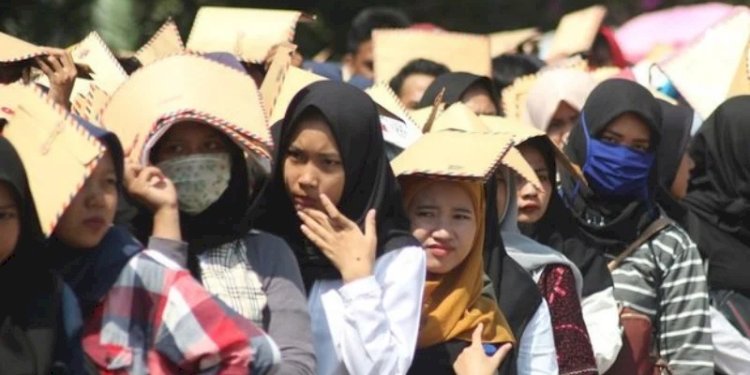Indonesia has gained unwanted attention by leading Southeast Asia in unemployment rates. While its economy continues to show growth, a closer look reveals that job creation hasn’t kept up with population demands. This article breaks down the root causes, current responses, and what Indonesia must do next.
The Harsh Reality Behind Economic Growth
On paper, Indonesia’s economy is thriving. The country has seen positive GDP growth and attracted foreign investment. However, these macroeconomic gains haven’t translated into widespread employment opportunities. In fact, Indonesia now records one of the highest unemployment rates in the region.
What’s more, youth unemployment is alarmingly high. Many young Indonesians struggle to transition from school to stable work. This signals a deeper issue: the job market simply isn’t evolving fast enough to meet the needs of the modern workforce.
Education and Skills Gap: A Major Contributor
One major factor is the mismatch between education and job requirements. While millions graduate from schools and universities each year, few are trained in high-demand skills like technology, data analysis, or advanced manufacturing.
As a result, companies frequently report difficulties in recruiting qualified employees. At the same time, graduates remain unemployed or underemployed. This imbalance creates a cycle of frustration—for both employers and job seekers.
Informal Jobs and the Hidden Crisis
Indonesia’s job market is heavily supported by the informal sector. Millions work as street vendors, freelance laborers, or small-scale entrepreneurs. While these jobs offer flexibility, they rarely provide job security, health insurance, or stable income.
Consequently, the number of people without formal employment is much higher than the official statistics suggest. Underemployment and job insecurity are just as critical as unemployment itself.
️ What Is the Government Doing?
To address these challenges, the Indonesian government has rolled out several programs. One of the most notable is Kartu Prakerja, a digital platform offering online skills training and job placement support. Although it has helped thousands, the scale of unemployment requires much broader efforts.
Additionally, Indonesia is working to attract more foreign investors and build industrial zones to stimulate job growth. Still, structural reforms are needed to make the labor market more inclusive and competitive.
What’s Next? Innovation and Collaboration
Moving forward, Indonesia must embrace digital transformation, entrepreneurship, and green economy initiatives. These sectors have the potential to generate high-quality jobs for its growing population.
Moreover, collaboration between the government, private companies, and educational institutions is vital. By aligning education with industry demands, Indonesia can equip its workforce with the right tools for long-term success.
Final Thoughts: Turning Crisis into Opportunity
Indonesia’s unemployment issue is a wake-up call. But with the right policies, innovative thinking, and collective effort, the country can turn this challenge into a stepping stone toward a stronger, more inclusive economy.
